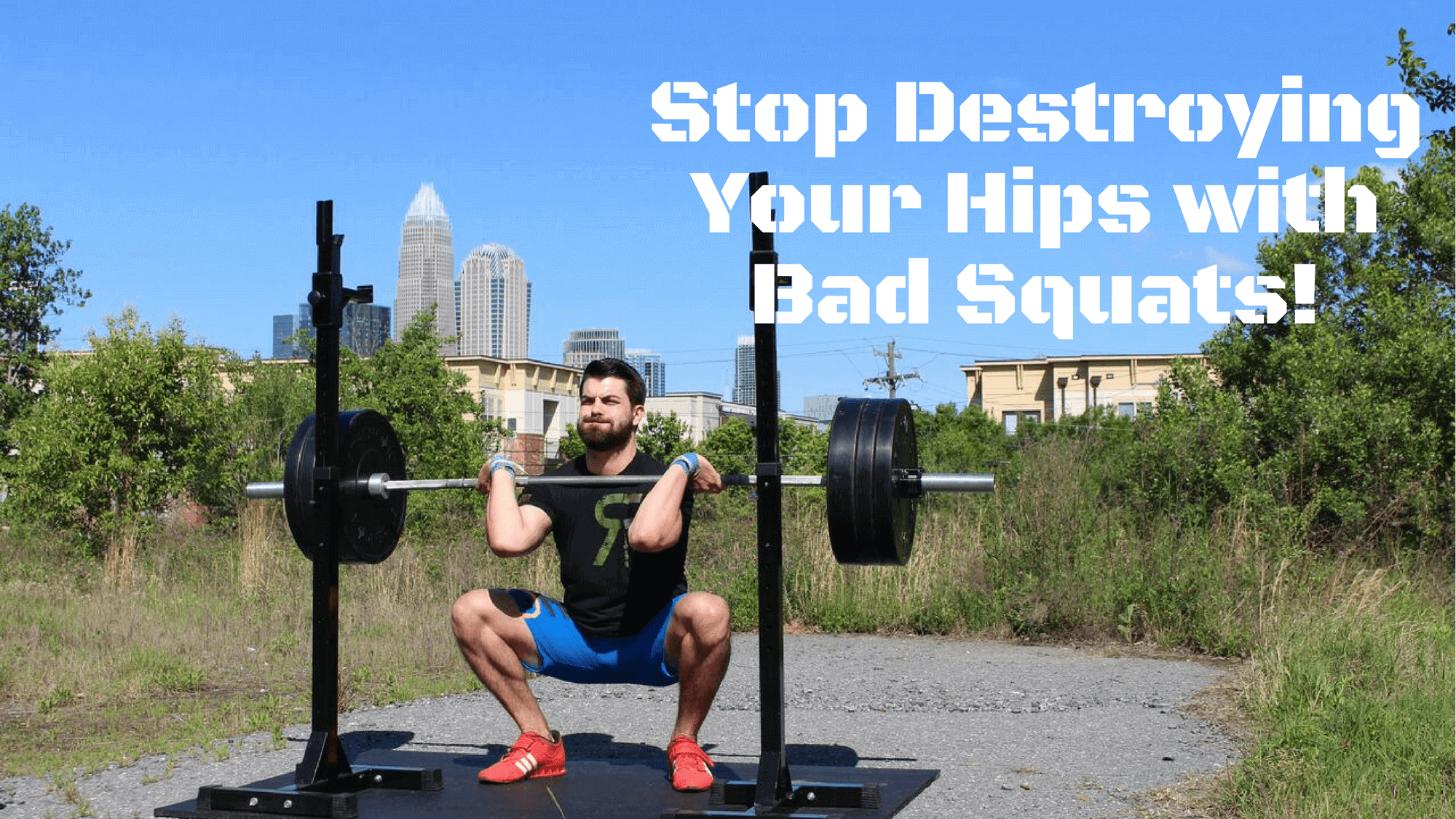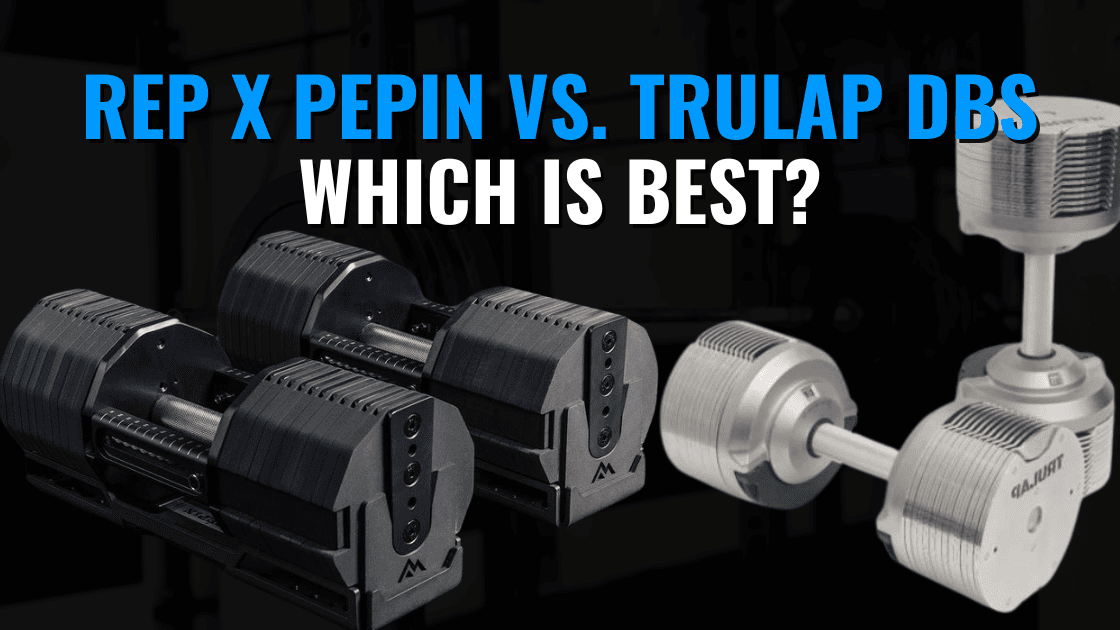I’ve seen too many patients come to my physical therapy clinic with hip pain secondary to poor advice given by mistaken trainers & therapists. While this has not been done purposely, there are several concepts that every trainer needs to know when it comes to the squat. And failure to recognize these concepts puts your athletes at risk for injury (and you at risk of losing clients). squat hip mobility
No Two Athletes Have the Same Squat
Somehow the myth of “you must squat this way” won’t die! Whether from misguided continuing education courses or a fitness guru they follow, there are way too many people believing there is one “right” way to squat. But we need to understand that because of variations in flexibility, bone lengths, and joint positioning, every athlete’s squat will look different.
Some athletes need a wide stance; others need to turn their feet out; some must incline their torso more than others. We must accept that these variations are NORMAL, but the following points should be met in all squats:
- Feet remain planted on the ground throughout the squat. No heel lifting as the athlete descends and no rotation during the lift.
- Knees remain relatively over the toes, although there are some instances where this will vary.
- The spine remains relatively neutral (although again if deep squats are performed, some level of spinal flexion is unavoidable).
- The barbell should remain over the middle of the foot.
Want to dive further into this topic? Check out this article series on squat variations based on individual differences:
How to Determine Your Right Squat Stance
Start with the hip scour test to “feel” an athlete’s ideal squat hip mobility & positioning. By slowly moving the hip around, you will identify where the athlete’s hip anatomy is best suited to squat. But that factor alone won’t be sufficient as ankle mobility, and anthropometrics must also be considered.
So let’s follow this up with quadruped rocking with the athlete’s knee positioned in the same hip position identified during the hip scour test. The athlete should be able to rock into a deep squat position without loss of lumbar positioning.
If they can do this, next jump up onto feet and try standing squats, with proper squat hip positioning, the athlete should be able to squat to parallel with the above hip position while maintaining all of the above points of performance. In cases of poor motor control, regressions such as goblet squats can be utilized to improve the movement pattern.
It is important to note than on many occasions, I have run through the above tests to determine the positioning and the athlete not only felt uncomfortable squatting in that position but experienced pain. This is the ART of coaching…you must be able to adapt to an individual’s needs even when they don’t fit the “by the book” recommendations.
But if you follow this progression, you can be sure that the vast majority of your clients will squat without putting their hips into potentially compromised positions!






